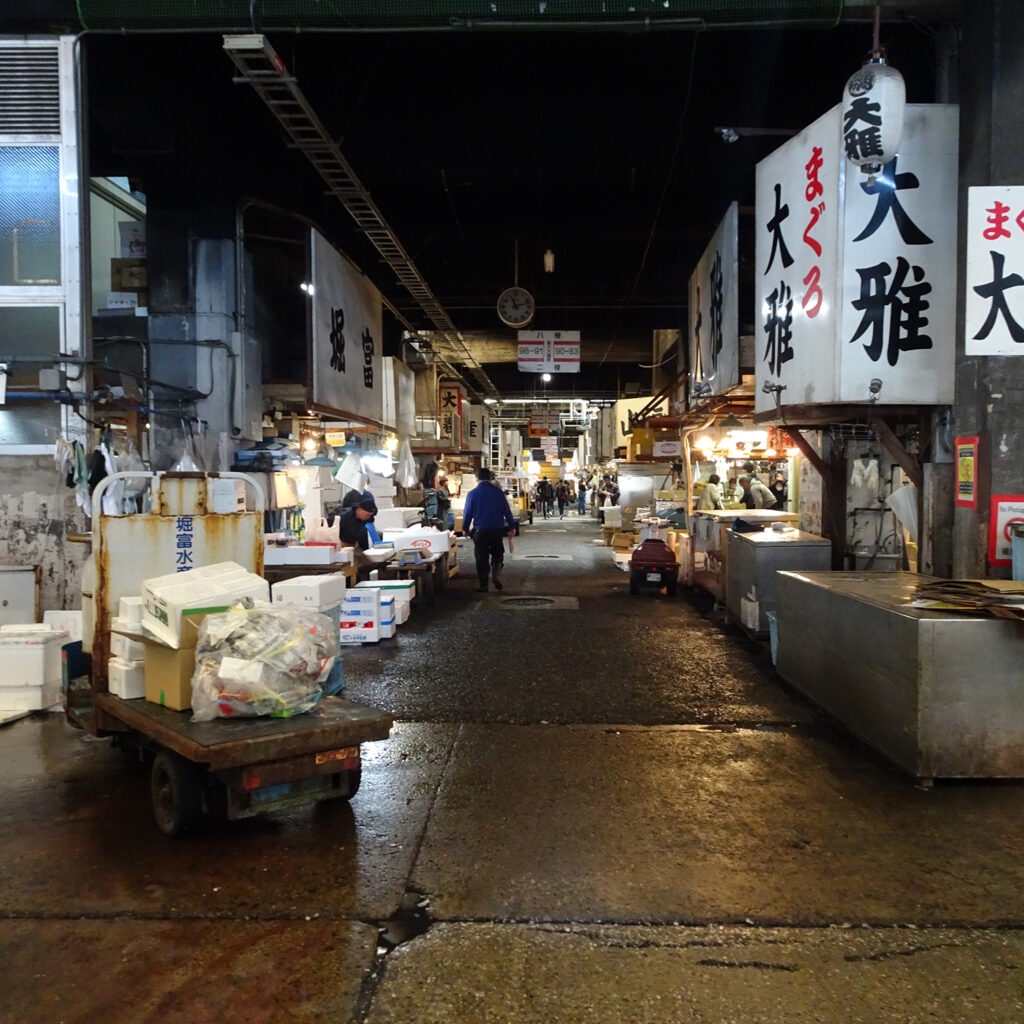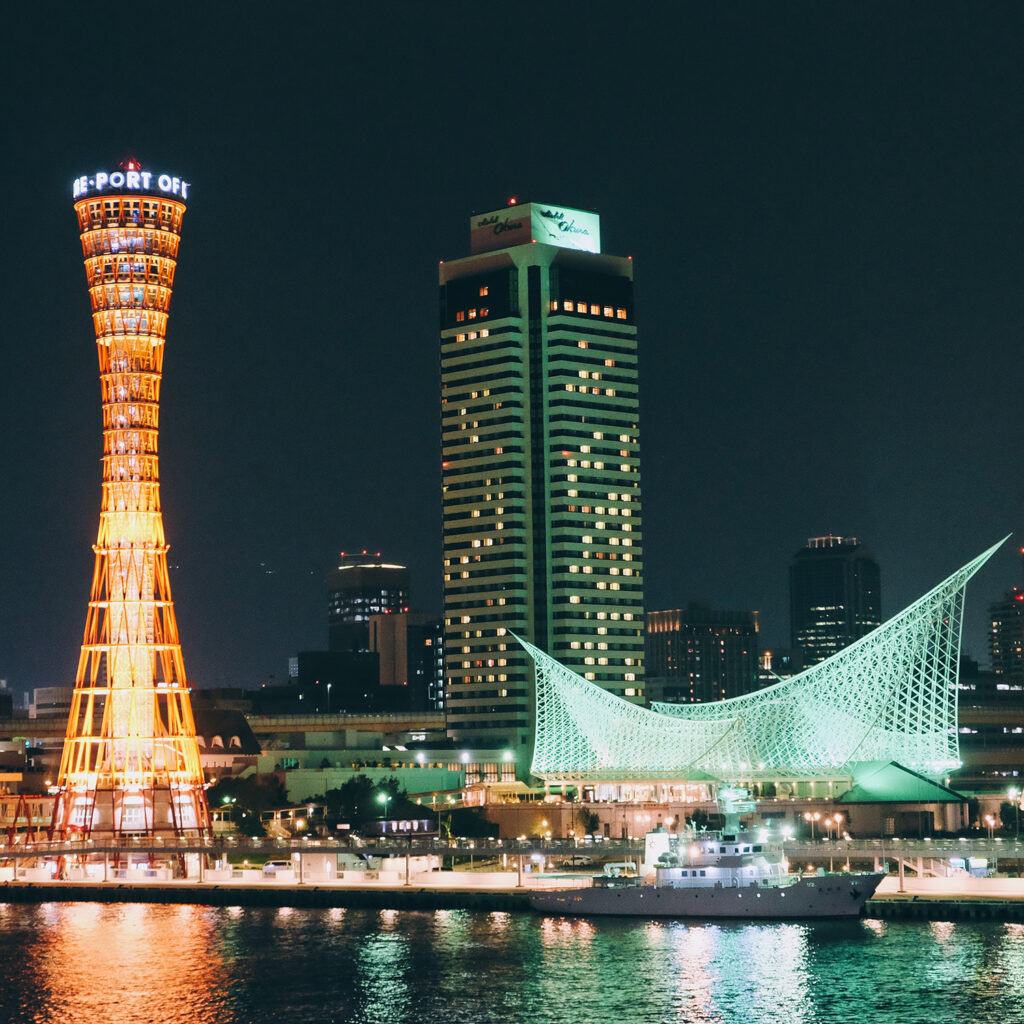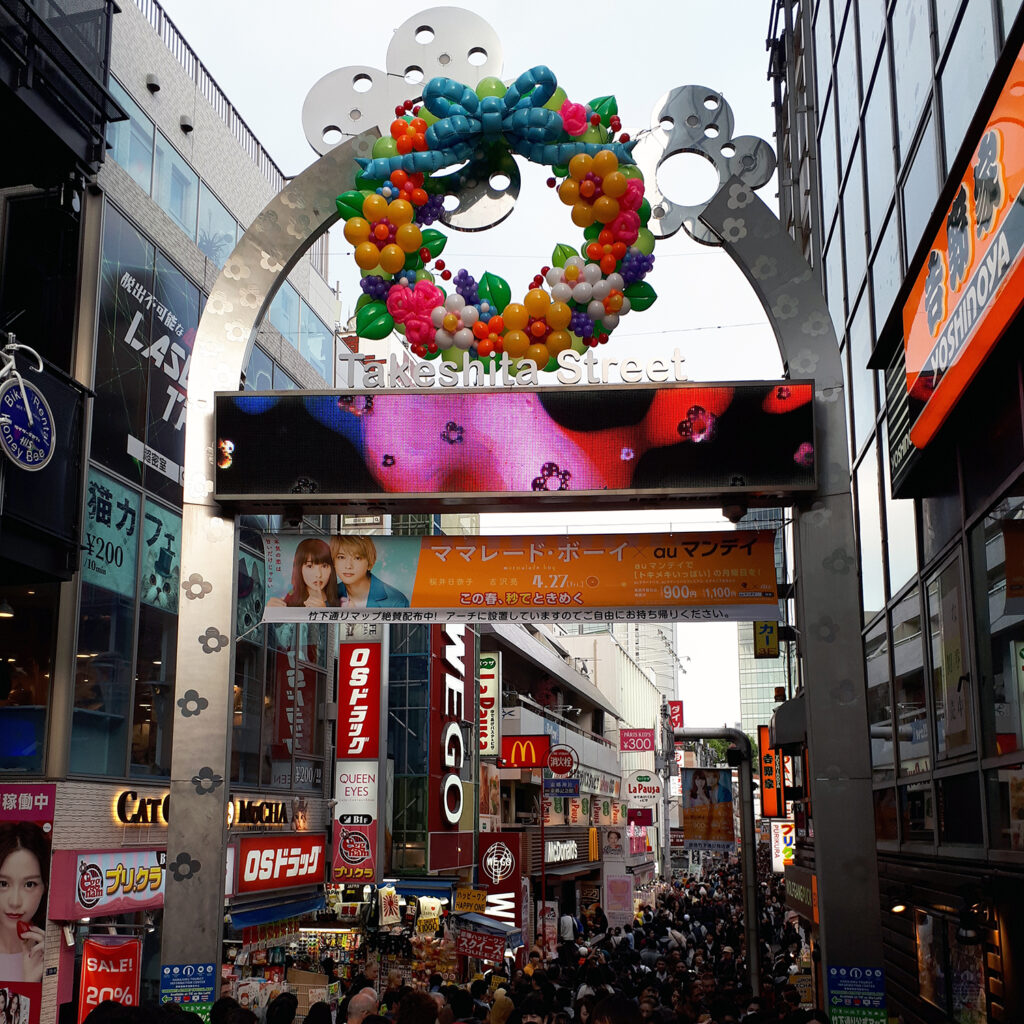The former Tsukiji Fish Market, located in the heart of Tokyo, was the largest fish market in the world. For over 80 years, it provided fresh, high-quality seafood to millions of people across Japan and the world. However, in 2018, the market relocated to a new site in Toyosu, with the aim of improving working conditions and food safety.
Tsukiji’s history dates back to the Meiji era, when the Japanese government began planning a central market for the city of Tokyo. The market opened in 1935, and soon became the meeting place for fishermen and fish wholesalers in Japan. Buyers came from all over the country to purchase fresh fish and seafood at competitive prices.
Over the years, Tsukiji has become an iconic place in Tokyo’s culinary culture. Visitors from all over the world would come to the market to taste fresh sushi and seafood prepared by the many local restaurants. The market was also famous for its Pacific bluefin tuna auctions, which often attracted bidders willing to spend considerable sums for the best specimens.
However, over the years, the market’s facilities began to deteriorate. Aging buildings and narrow aisles made working conditions difficult for employees, while sanitary facilities were insufficient to ensure food safety. In addition, the market’s proximity to residential areas posed noise and traffic problems for local residents.
Therefore, after years of debate, the authorities decided to relocate the market to Toyosu, a larger and better-equipped site located about two kilometers from Tsukiji. The new market opened in October 2018, and since then it has become the largest fish market in the world, with a daily processing capacity of over 1,000 tons of fish and seafood.
However, some businesses have chosen to remain at the original Tsukiji location, despite the market’s relocation. The restaurants and stores that are still there have become a tourist attraction in their own right, offering visitors a unique experience of Tokyo’s culinary culture. Sushi and fresh seafood are still in abundance, and bluefin tuna auctions also continue to be held at a nearby market.



